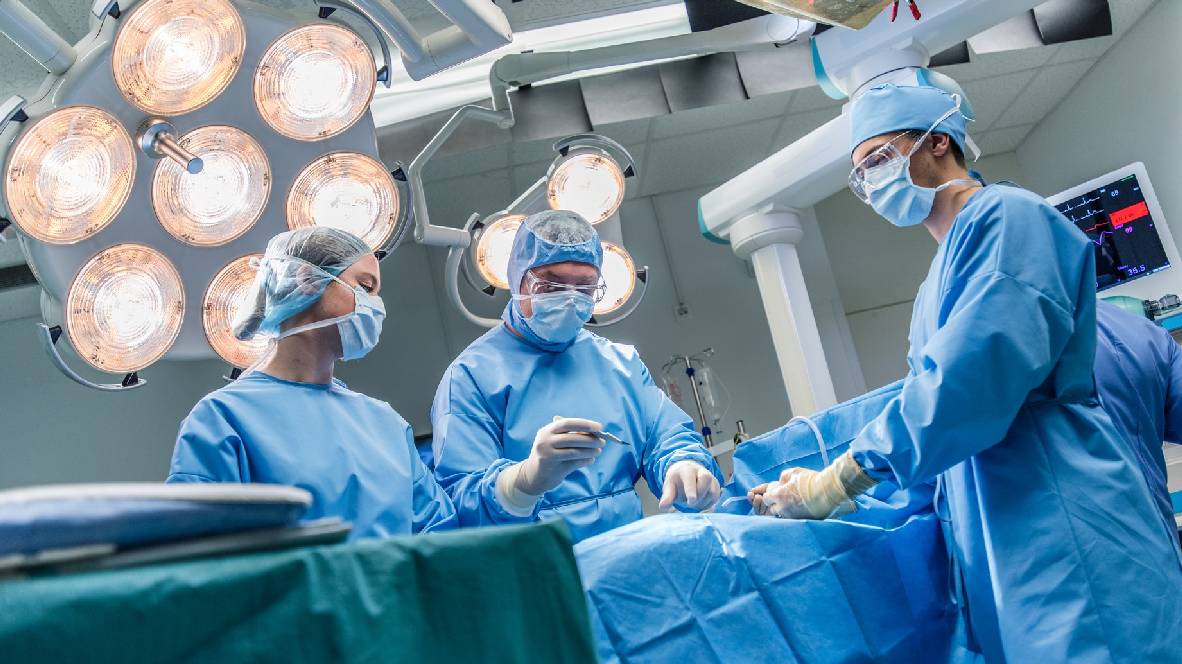
General Surgery
General surgery is a surgical specialty that focuses on the abdominal organs, including the stomach, liver, intestines, gallbladder, and bile ducts. General surgeons are also trained to operate on the thyroid gland, skin, and hernias. They perform a wide range of procedures such as appendectomies, cholecystectomies (gallbladder removal), hernia repairs, and treatments for gastrointestinal diseases. General surgeons are also involved in trauma care and emergency surgeries.
Overview
General surgery is a surgical specialty that focuses on abdominal organs, including the stomach, intestines, liver, gallbladder, pancreas, and thyroid gland, as well as hernias and conditions involving the skin and soft tissues. General surgeons are trained to perform a wide range of surgical procedures, both elective and emergency, to treat various conditions.
Common Conditions and Procedures
Appendectomy:
- Procedure: Surgical removal of the appendix, often due to appendicitis.
- Indication: Inflammation and infection of the appendix.
Cholecystectomy:
- Procedure: Surgical removal of the gallbladder.
- Indication: Gallstones causing pain, inflammation, or other complications.
Hernia Repair:
- Types: Inguinal hernia (groin), umbilical hernia (belly button), hiatal hernia (upper stomach).
- Procedure: Closure of the hernia opening and reinforcement of the abdominal wall.
Colorectal Surgery:
- Conditions: Colon cancer, diverticulitis, inflammatory bowel disease.
- Procedures: Colectomy (partial or total removal of the colon), bowel resection, anal fistula repair.
Thyroidectomy:
- Procedure: Surgical removal of part or all of the thyroid gland.
- Indication: Thyroid cancer, hyperthyroidism (overactive thyroid), large thyroid nodules.
Breast Surgery:
- Procedures: Lumpectomy (removal of breast lump), mastectomy (removal of breast tissue), breast biopsy.
- Indications: Breast cancer, benign breast conditions.
Skin and Soft Tissue Surgery:
- Procedures: Skin lesion removal (e.g., moles, cysts), skin grafting, wound care.
- Indications: Skin cancer, trauma, infections.
Diagnostic and Treatment Modalities
- Physical Examination: Evaluation of symptoms and signs necessitating surgery.
- Imaging: X-rays, CT scans, MRI to visualize internal structures and plan surgical approaches.
- Laboratory Tests: Blood tests, biopsies to assess overall health and identify underlying conditions.
- Endoscopy: Visualization and treatment of gastrointestinal conditions using a flexible tube with a camera (e.g., colonoscopy).
Preoperative Preparation
- Patient Evaluation: Assessing medical history, current medications, and readiness for surgery.
- Informed Consent: Educating patients about the procedure, risks, and benefits.
- Preoperative Instructions: Fasting guidelines, medication adjustments, and preparation for anesthesia.
Surgical Techniques
- Open Surgery: Traditional approach with a larger incision to access and operate on organs or tissues.
- Minimally Invasive Surgery: Techniques such as laparoscopy or robotic-assisted surgery with smaller incisions, reducing recovery time and complications.
Postoperative Care
- Monitoring: Recovery in a hospital setting with monitoring of vital signs and wound healing.
- Pain Management: Medications and techniques to manage postoperative pain.
- Wound Care: Dressing changes and infection prevention measures.
- Activity and Diet: Gradual resumption of normal activities and introduction of food.
Complications and Management
- Infection: Prophylactic antibiotics and monitoring for signs of infection post-surgery.
- Bleeding: Control during surgery and monitoring for postoperative bleeding.
- Organ Dysfunction: Monitoring and supportive care to manage potential complications.
- Recovery and Rehabilitation: Physical therapy and follow-up care to optimize recovery and functional outcomes.
